Garnets have captivated hearts for centuries with their rich hues, timeless appeal, and surprisingly wide variety. Often associated with deep reds, garnets actually come in a rainbow of colors—each with its own unique personality, story, and value. Whether you're a first-time buyer, a gemstone collector, or a curious enthusiast, this guide covers everything you need to confidently buy the perfect garnet.
What Is Garnet?
Garnet isn't a single mineral—it’s actually a group of closely related silicate minerals that share a similar crystal structure but differ in composition. The most common garnets are almandine and pyrope, which are known for their deep red hues, but the garnet family includes many rare and valuable types as well.

Checkout our garnet collection here.
Chemical Formula (Generalized)
Most garnets fall into two series:
-
Pyrope–Almandine–Spessartine (Aluminum-rich)
-
Uvarovite–Grossular–Andradite (Calcium-rich)
Their hardness ranges from 6.5 to 7.5 on the Mohs scale, making garnet relatively durable and suitable for everyday wear.
Garnet Varieties and Their Colors
While red garnet is the most recognized, garnets exist in nearly every color—some rivaling the finest sapphires or emeralds.
1. Almandine
-
Color: It has a deep red to reddish-brown
-
Commonality: It is the most abundant garnet.
-
Price: It falls under the affordable category.

2. Pyrope
-
Color: It has an intense red color, often with a pinkish undertone.
-
Known for: It is known as the “Bohemian garnet” in antique jewelry.

3. Spessartine
-
Color: It has a vivid orange to reddish-orange color.
-
Nicknamed: It is also known as the “Mandarin garnet.”
-
Value: It is highly prized when bright and clean.

4. Grossular
-
Color: It can be green (tsavorite), yellow, or even colorless.
-
Tsavorite: A brilliant green rivaling emerald, rare and expensive

5. Hessonite (a type of grossular)
-
Color: It has a honey-yellow to cinnamon brown
-
Nickname: It is also known as the “Cinnamon Stone.”

Checkout our hessonite garnet collection here.
6. Uvarovite
-
Color: It has a deep chrome green.
-
Rarity: It is always found in druzy form, not faceted.

Checkout our uvarovite garnet collection here.
7. Color-Change Garnet
-
Color: It changes from greenish in daylight to reddish under incandescent light.
-
Rarity: It is very rare and valuable.

Before making your first purchase, explore Types of Garnet: A Complete Guide to Nature's Color-Shifting Gem to understand the stunning variety this gem family offers.
Garnet Quality Factors (The 4 Cs)
Like diamonds and other gems, garnet’s value is judged using the Four Cs: color, cut, clarity, and carat weight.
1. Color
The color is the most important price-deciding factor when it comes to garnet. The most valuable are bright, vivid, and saturated colors. You might want to avoid too dark or brownish hues. The best garnet colors that you might want to get your hands on are tsavorite (green), spessartine (orange), and color-change garnet.

Checkout our garnet collection here.
2. Cut
Garnet is often chosen to be cut into standard shapes like oval, round, and cushion, but the high-value garnet types like Tsavorite are precision cut to enhance brilliance and color. A well-cut garnet is of high importance as it adds more beauty to the stone by displaying its color evenly and beautifully. Poor cutting can cause dullness, especially in darker garnets.

3. Clarity
Most of the garnets are eye-clean. Inclusions can be found and accepted in rare varieties like spessartine. One must avoid overly included stones unless buying for metaphysical purposes or a budget piece.

4. Carat Weight
Garnets are generally affordable in larger sizes, except for rare varieties like tsavorite or color-change garnet. Spessartine and tsavorite above 3 carats can command premium prices.

If you’re an Aries or shopping for one, Garnet: The Gemstone of Aries reveals why this fiery stone is the perfect match.
Pricing and Value
Garnet prices can range from $5 per carat for common red Almandine to over $5,000 per carat for high-quality Tsavorite or color-change garnet.
Estimated Retail Price Ranges:

Tip: Look for stones with vivid color, good brilliance, and minimal inclusions for the best investment.
If you’re buying garnet as a birthstone gift, A Complete Guide to January Birthstone: Garnet, Rose Quartz, and Onyx offers deeper meaning and symbolism.
How to Spot Real vs. Synthetic Garnet
One must know how to spot the difference between a synthetic garnet and a natural garnet. Most of the garnets on the market are natural, but some synthetic and imitation garnets also exist.
How to Tell if It’s Real:
-
Inclusions: Natural garnets often have tiny inclusions (viewed under magnification). A completely inclusion-free garnet should spark suspicion. Natural varieties come with natural inclusions.
-
Refractive Index (RI): Real garnets have an RI of 1.73–1.89, depending on type.
-
No Doubling: Unlike zircon or synthetic spinel, garnet shows no doubling of facets.
-
Heat Test: Garnets are heat-resistant. If it melts or bubbles, it’s not real.
Avoid “glass-filled” or “dyed” garnets marketed as rare varieties.
Where to Buy Garnet Safely
Best Places to Buy:
-
Certified Gem Dealers: GemstonesForSale has been in the business for 10+ years now and will provide you with the best high-quality gemstones.
-
Auction Houses (for investment-grade stones)
-
Trade Shows (like the Tucson Gem Show)

Red Flags:
-
No return policy
-
No gemological certificate
-
Unrealistically low prices
-
Overuse of generic names like “African Garnet” without specification

Pro Tip: Always ask for a gemstone certificate from a trusted lab (GIA, AGL, IGI).
Garnet Treatments and Enhancements
Most garnets are untreated, which is a huge advantage over other gemstones like rubies or sapphires. There are exceptions as well.
Some types of garnet are supposed to go under treatment to improve their color, like a low-grade hessonite garnet. There are dyed stones also available, but they are not so common.
It is, however, always wise and important to ask your seller before purchasing about any possible treatments that the stone has undergone. You should always check documentation as well.
Care and Cleaning Tips
Garnet is durable but not invincible. You need to take proper care of your garnet in order to maintain its beauty. In order to clean it, try to use warm soapy water and a soft brush. Don't brush your stone too hard; it can cause damage.
Avoid using any kind of ultrasonic or steam cleaners. Garnet is a pretty durable stone that falls under the range of 6.5-7.5 on a Mohs scale. You still need to store it properly to avoid it from getting scratched. Keep it stored separately from harder stones.

If you have garnet jewelry, make sure to get it regularly checked by a professional for its prongs/clasps inspection.
Final Thoughts
Garnet is one of the most diverse and underappreciated gemstones on the market. From fiery oranges to lush greens and even color-changing marvels, there’s a garnet for every taste and budget. Whether you’re buying your first gem or hunting for an investment piece, understanding the nuances of color, quality, origin, and treatment can make all the difference.
Frequently Asked Questions
Q: Can garnets be worn daily?
Yes, but go with protective settings and avoid hard knocks or rough activities.
Q: Is garnet a good investment?
Rare varieties like tsavorite and color-change garnet hold value well. Red garnets are more for personal adornment than investment.
Q: Are garnets rare?
Some are common (like Almandine), but others—especially Tsavorite and color-change garnet—are quite rare and valuable.
Q: Can garnet scratch?
Yes, especially when exposed to harder materials. Store it properly and handle it with care.
Visited 1026 No. of Time(s), 97 Visit(s) Today

Ananya Mittal
Hi, I’m Ananya Mittal — a storyteller at heart and a curious soul always chasing ideas. Writing is where I find clarity, connection, and a bit of magic. Whether it’s diving deep into a subject or simply sharing everyday musings, I love turning thoughts into words that resonate.
Never Miss a Post from Gemstones For Sale!




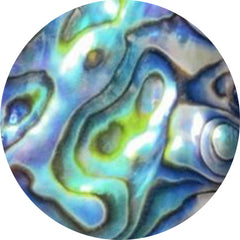

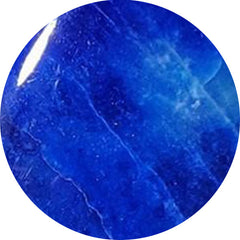



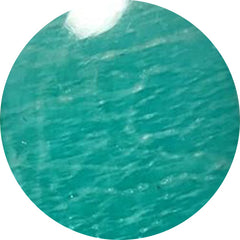



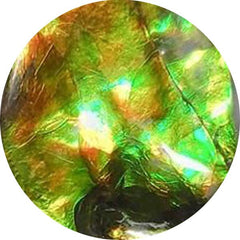
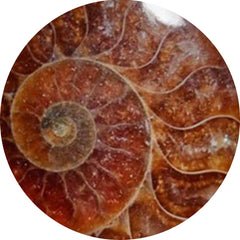

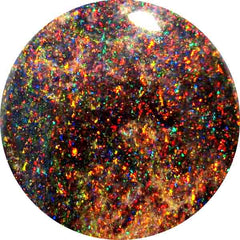

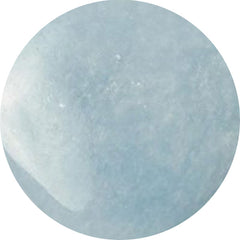
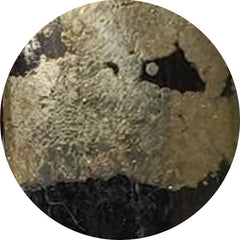

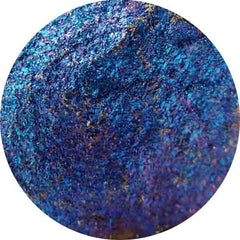
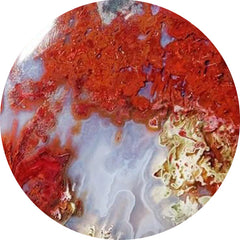
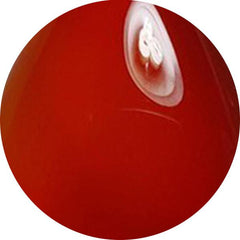
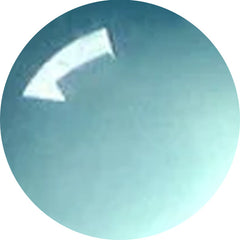
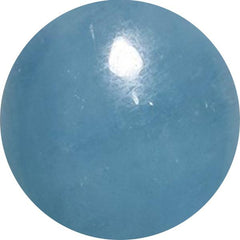
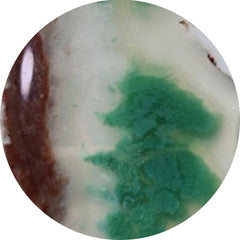
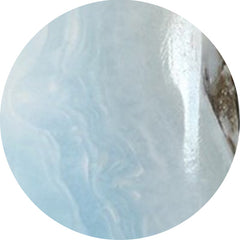





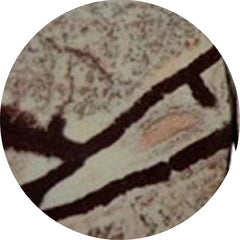

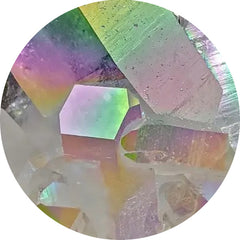
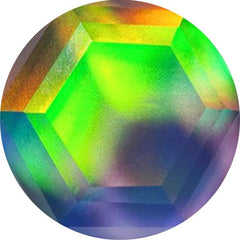

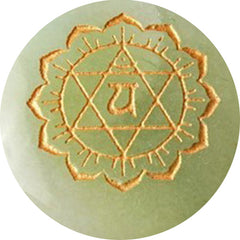

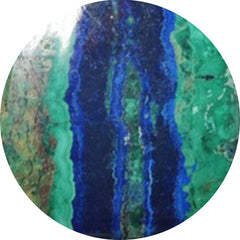
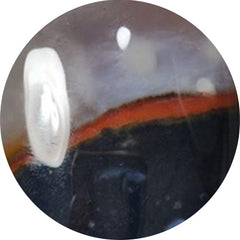
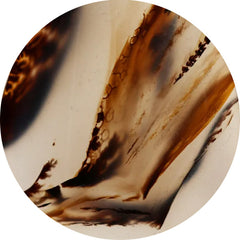


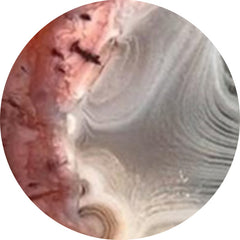
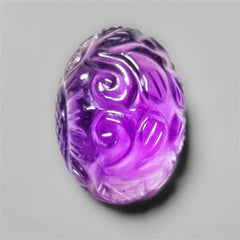
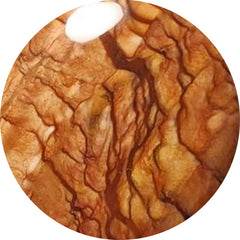




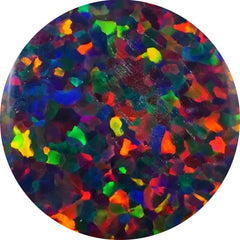
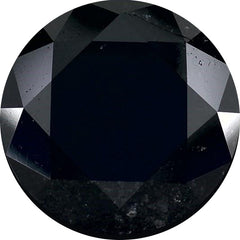
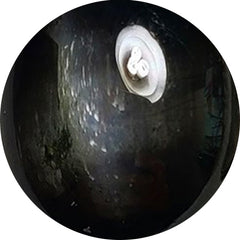

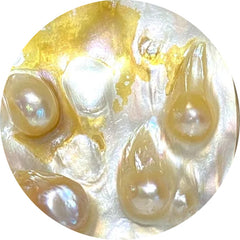

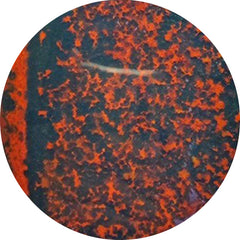
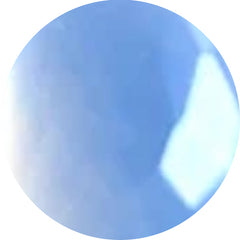
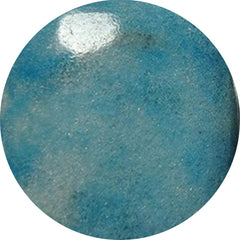

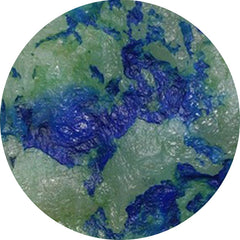
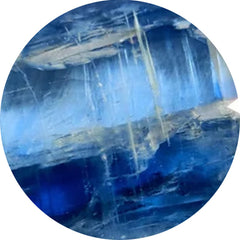
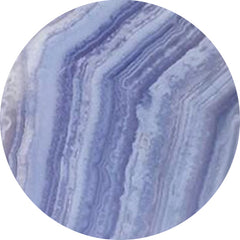
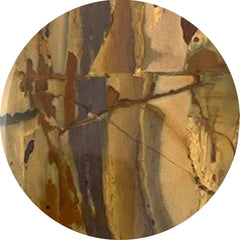


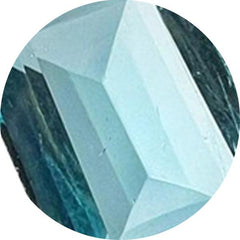
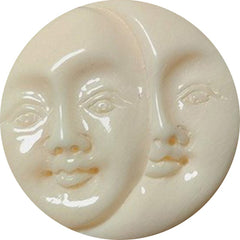
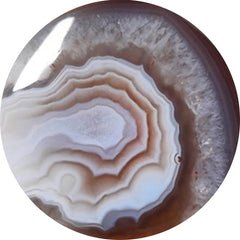

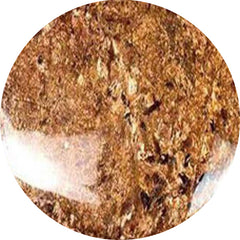
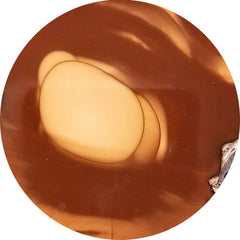
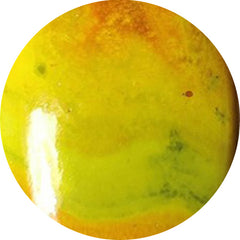

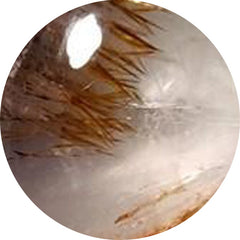
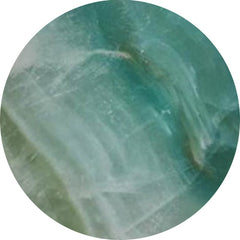

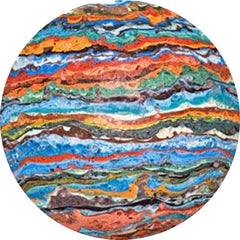
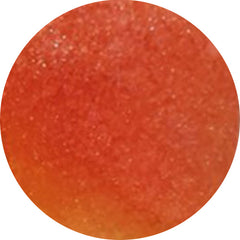

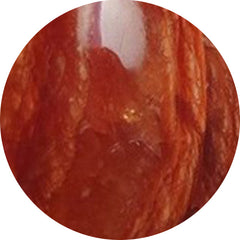
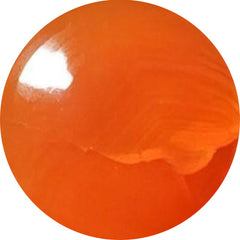

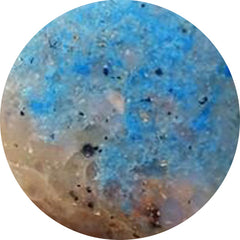





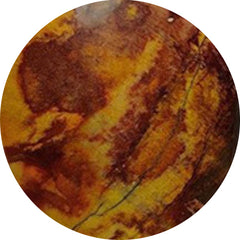
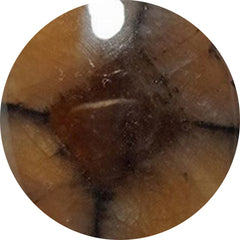
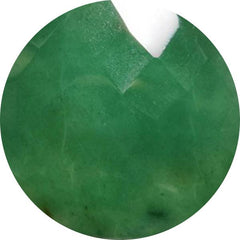
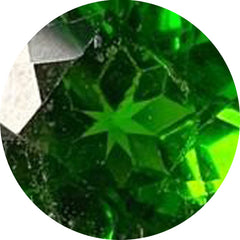

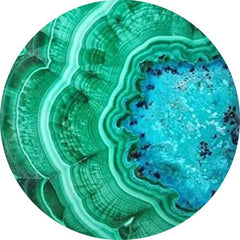

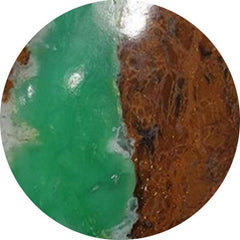
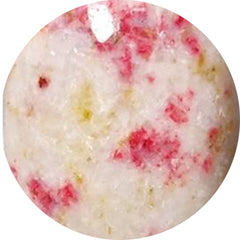


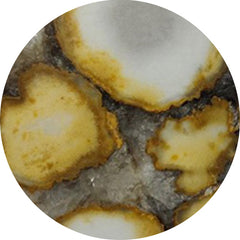
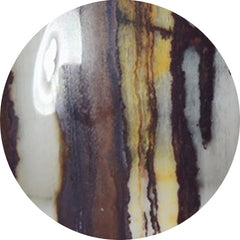

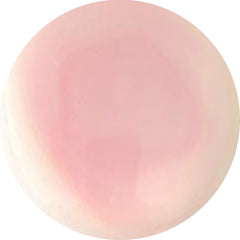

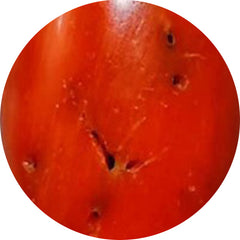
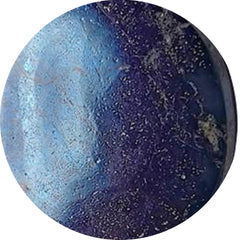
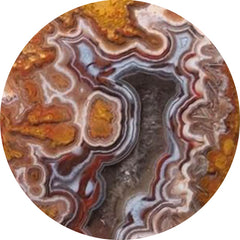
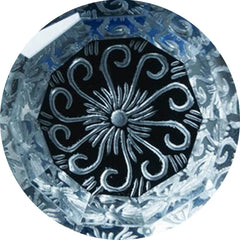




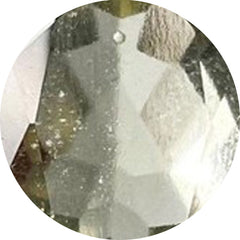
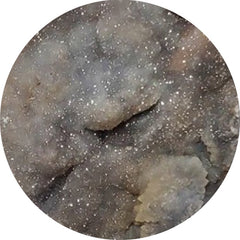
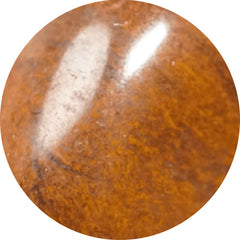
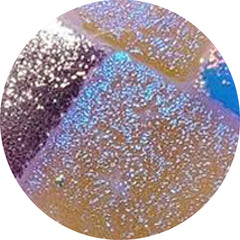


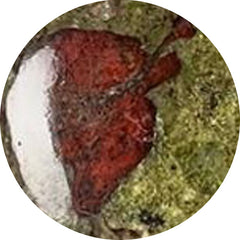


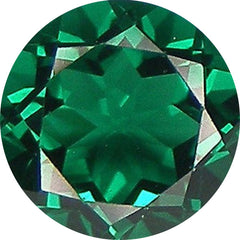
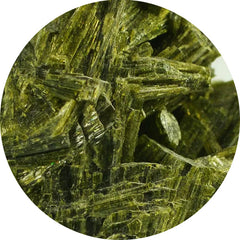
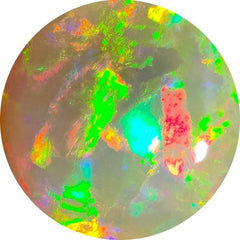

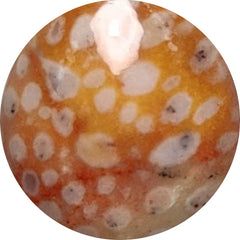

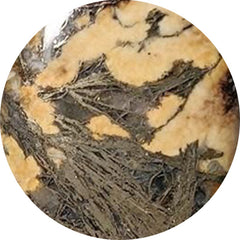


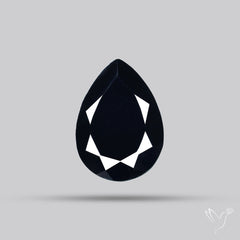
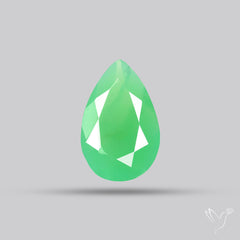











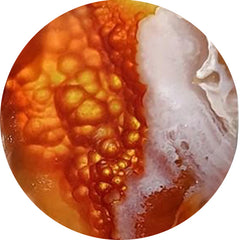
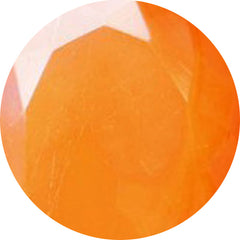
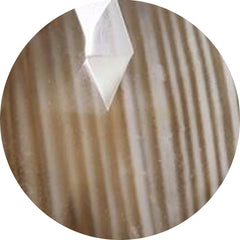
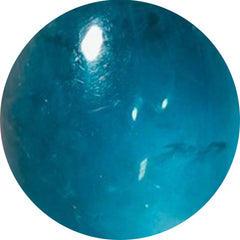

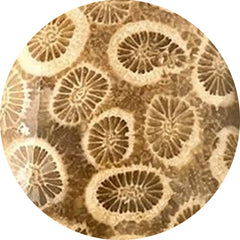
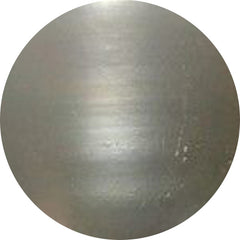
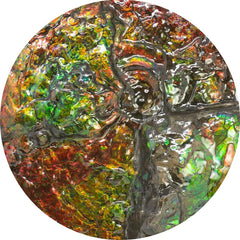
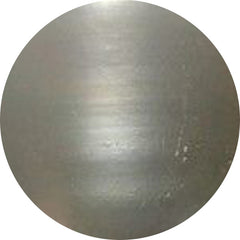
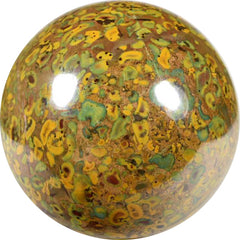

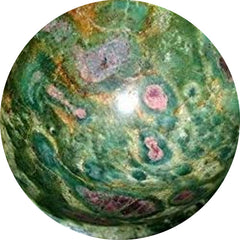
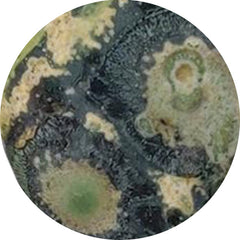
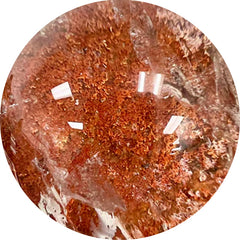
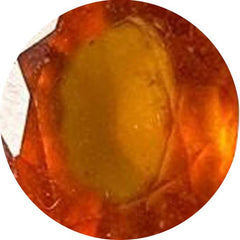

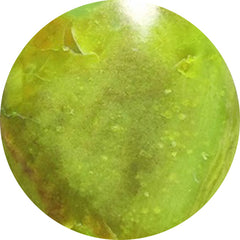
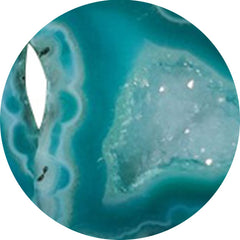
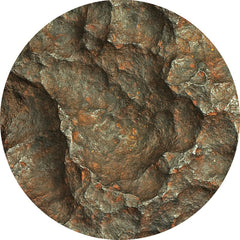
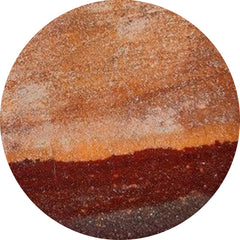
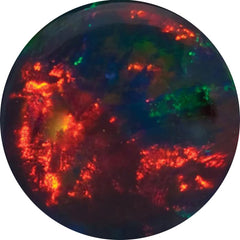
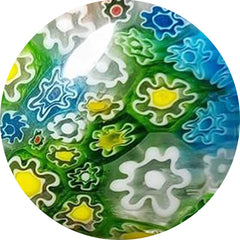

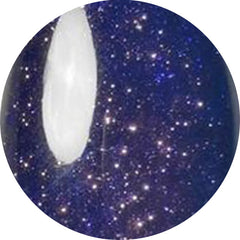
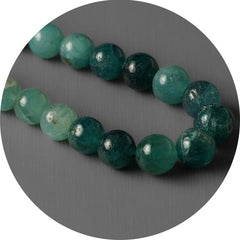
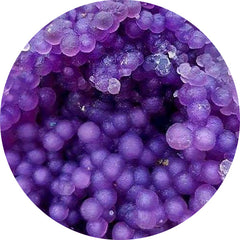
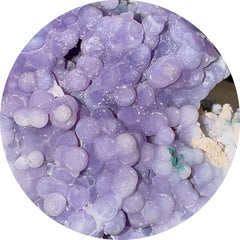
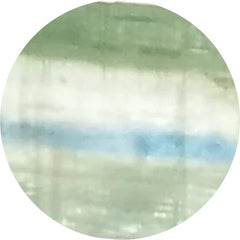
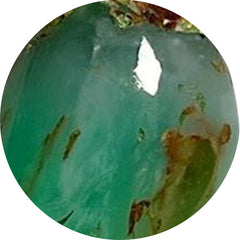

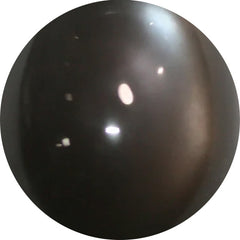




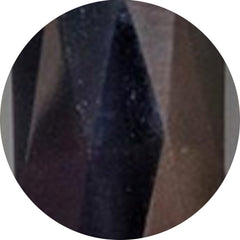

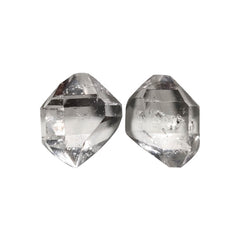
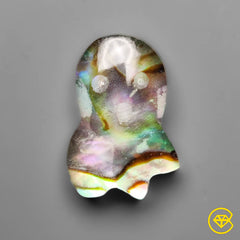

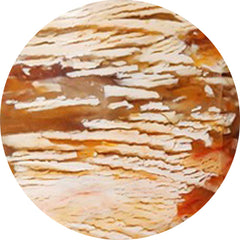

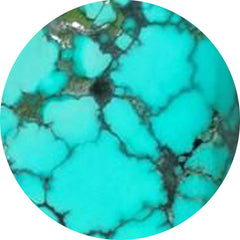
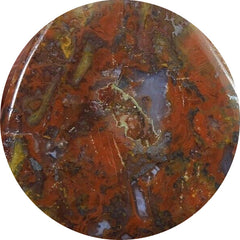



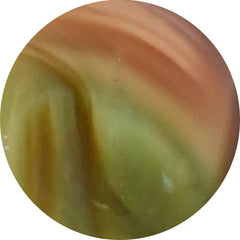



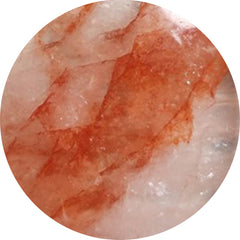
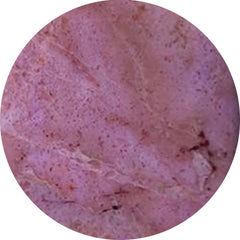
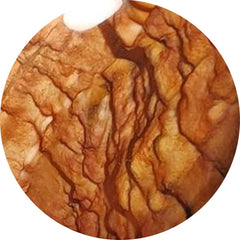
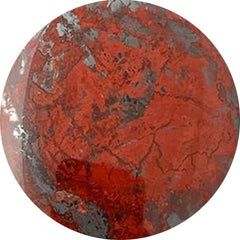
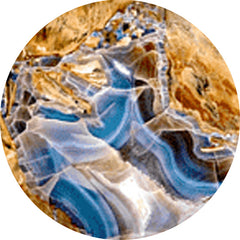
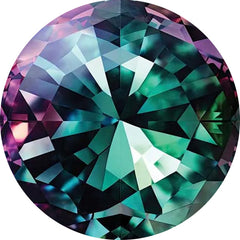

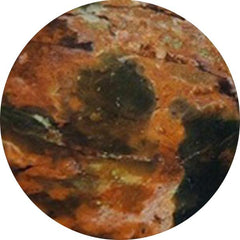
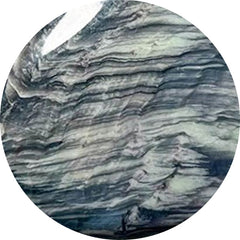
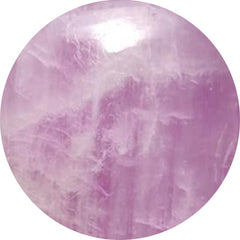
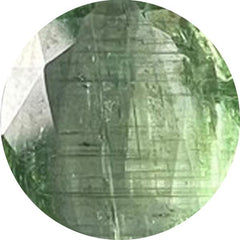

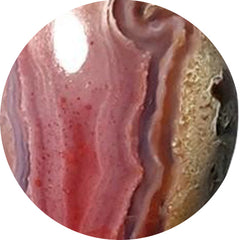


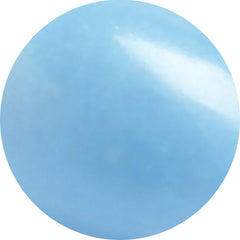




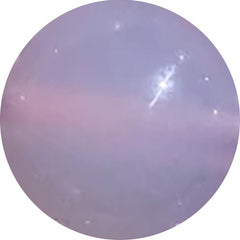
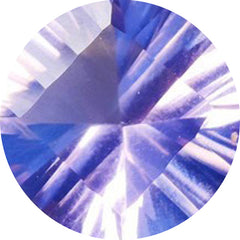
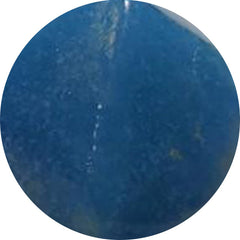
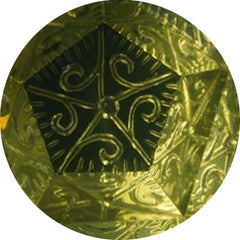
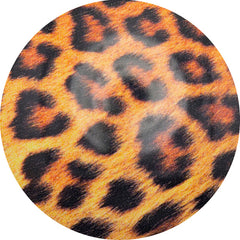
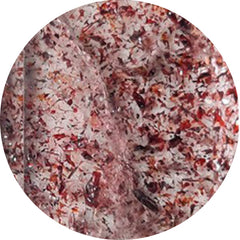
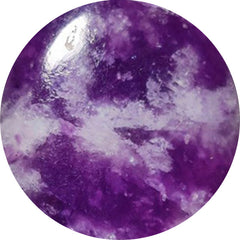
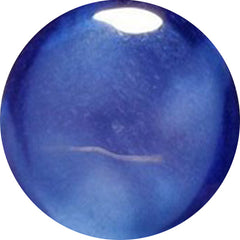






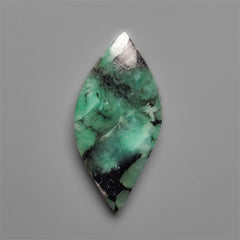

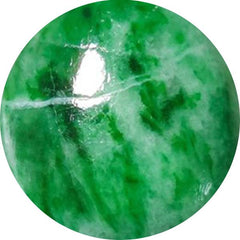
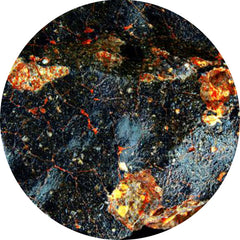





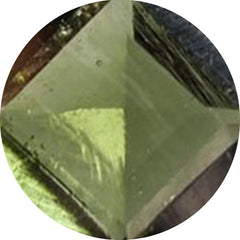
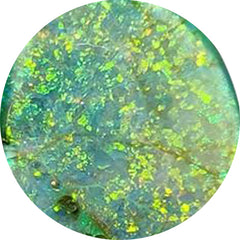
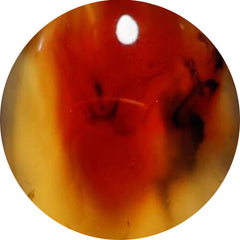

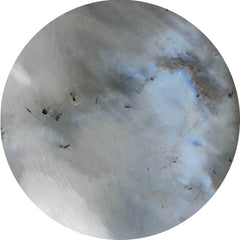


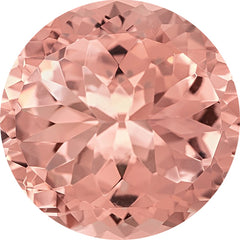
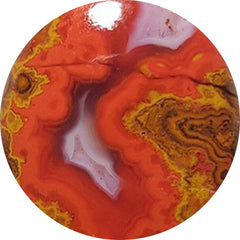


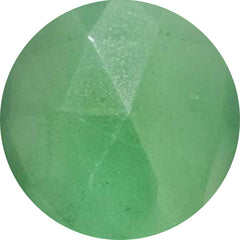
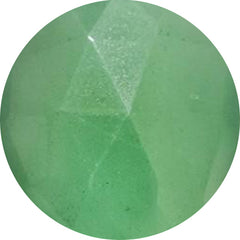
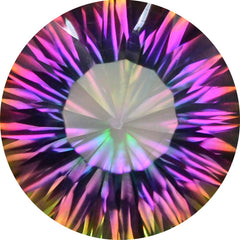
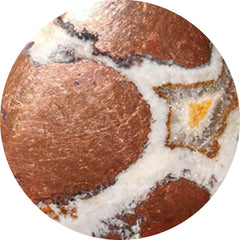

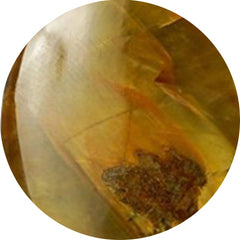
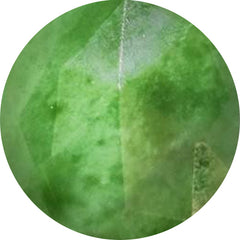
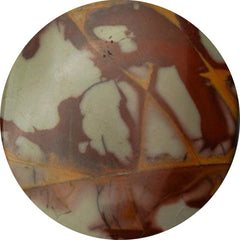
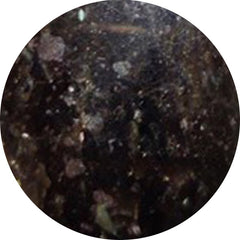
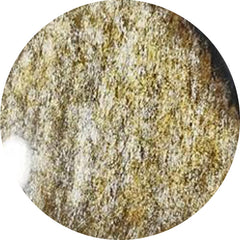
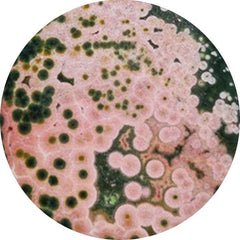
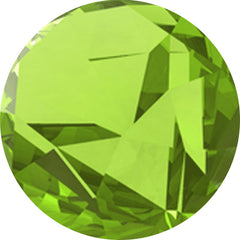
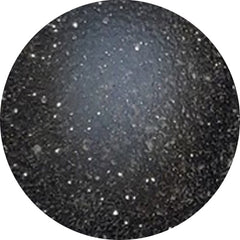
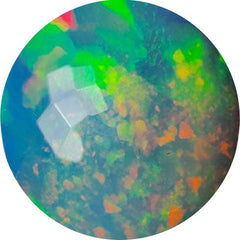
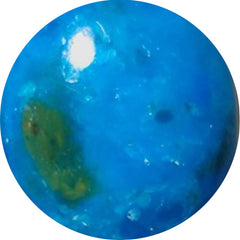

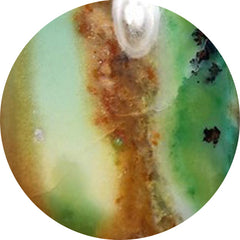

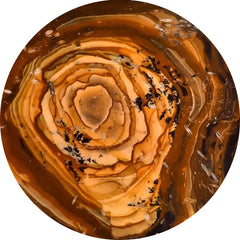
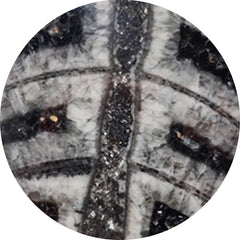


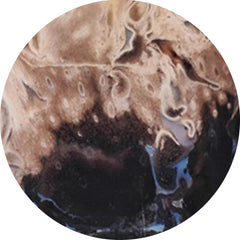
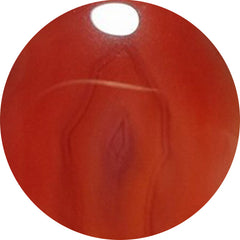
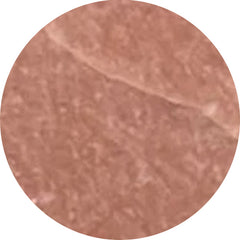
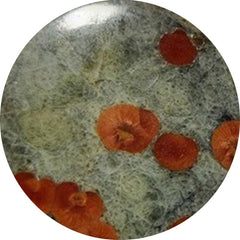
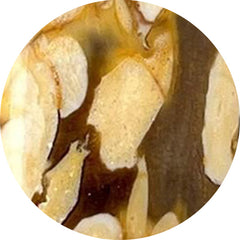

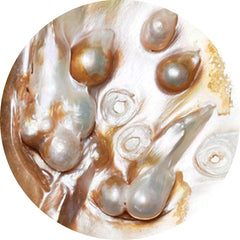
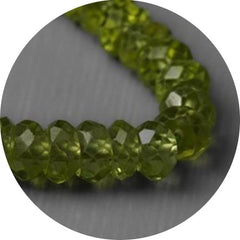



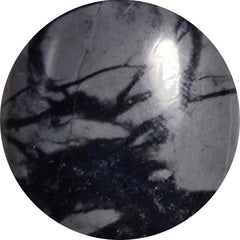
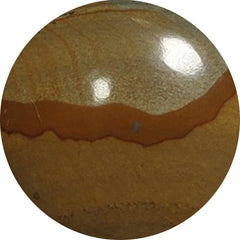
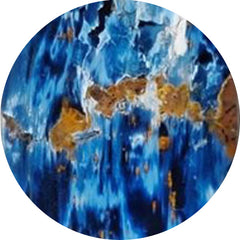



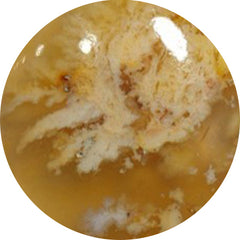

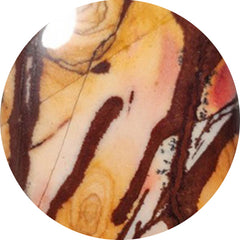
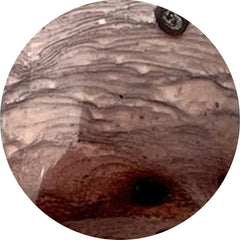



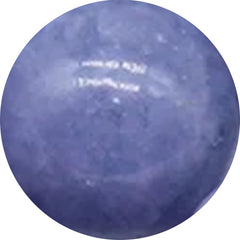



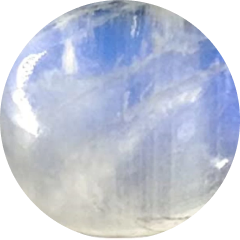

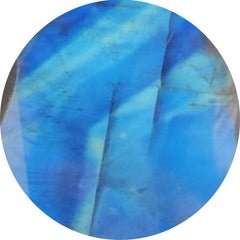

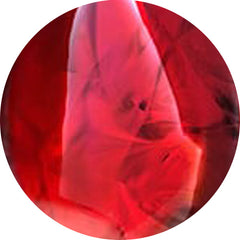
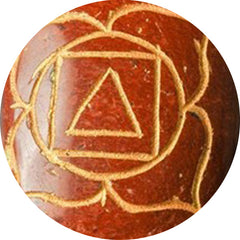


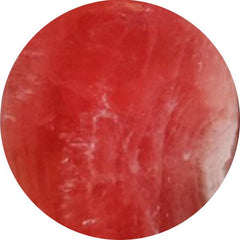

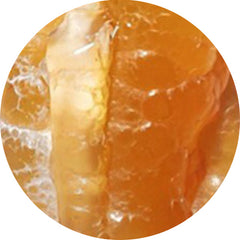


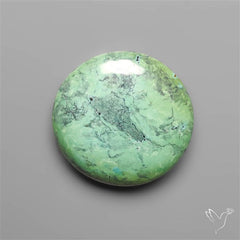


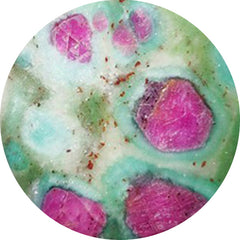
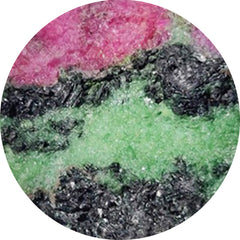
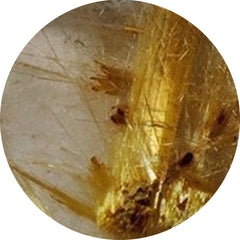


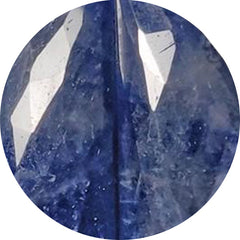
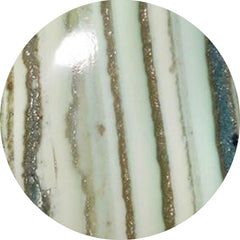
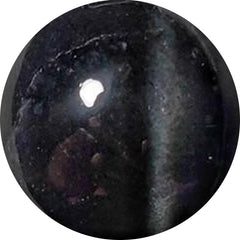
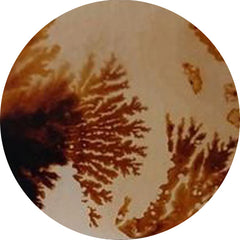

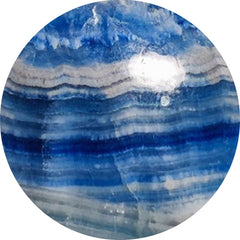
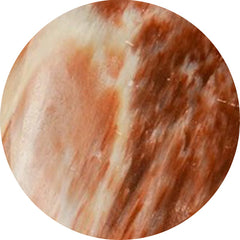


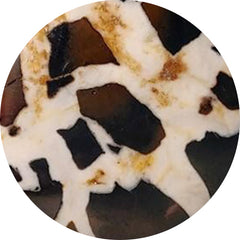

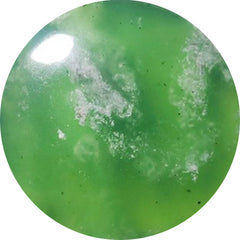

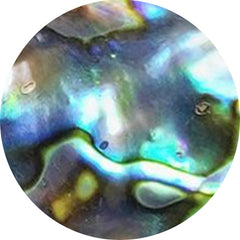
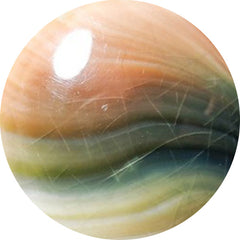
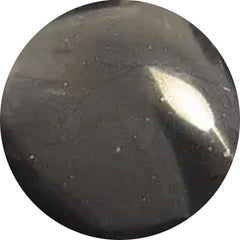

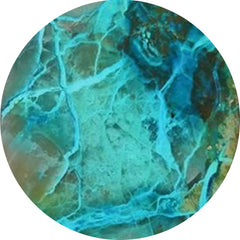


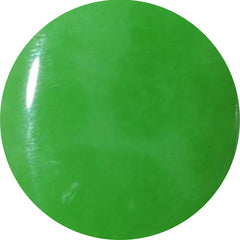


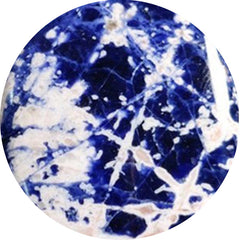
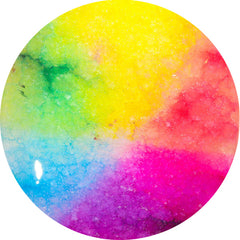

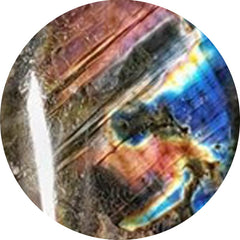
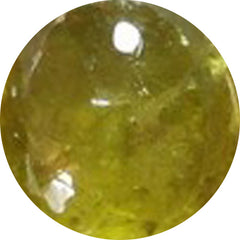

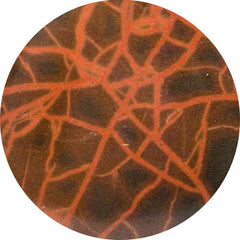

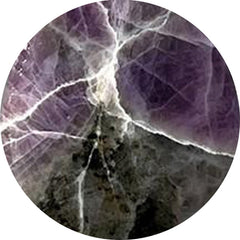
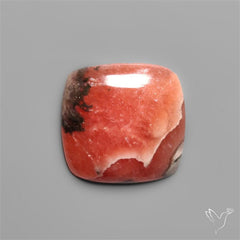

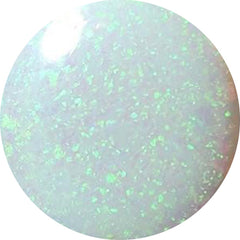
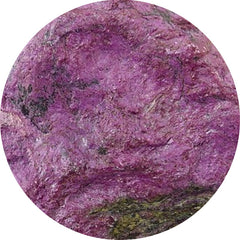
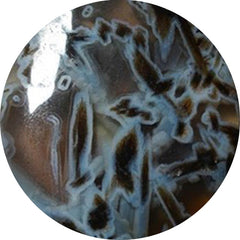



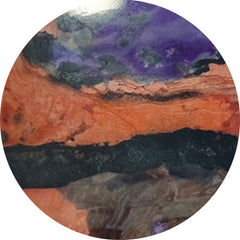
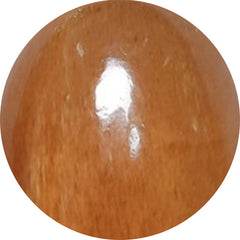
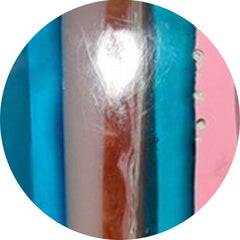


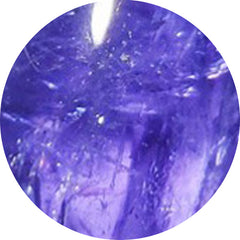

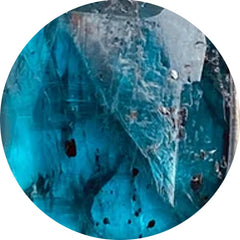
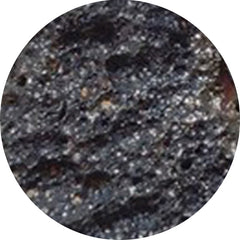
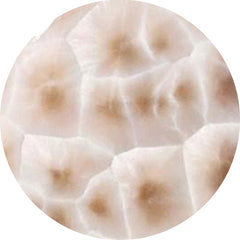


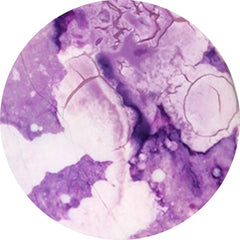

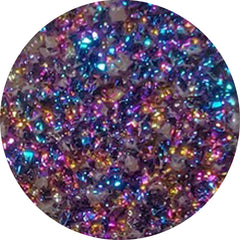
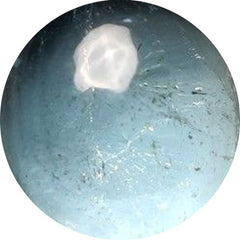
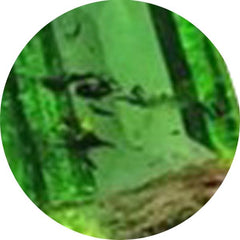
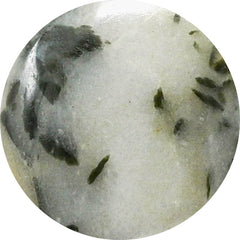

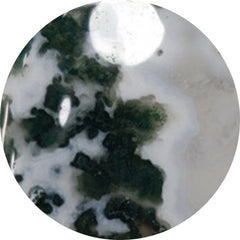
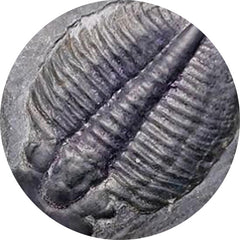
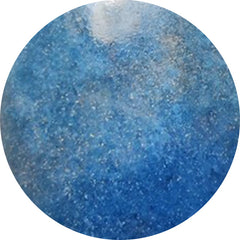
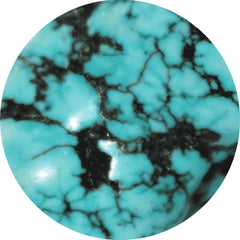
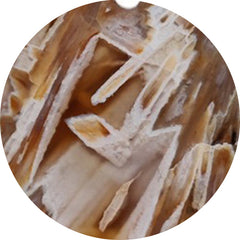
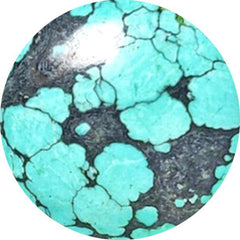


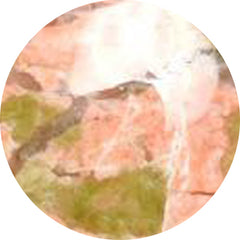
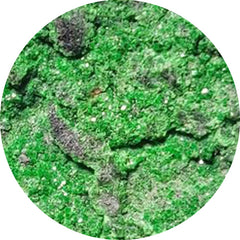
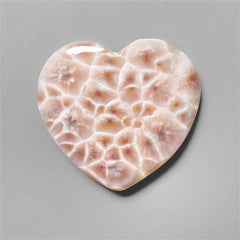







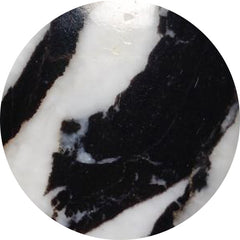

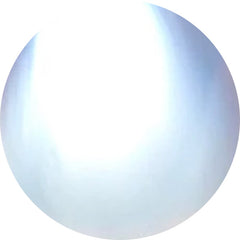




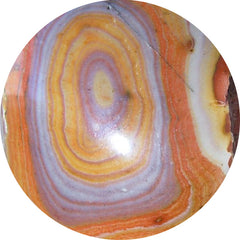
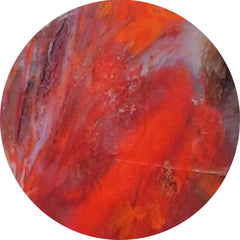
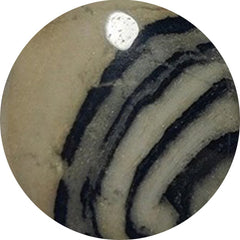
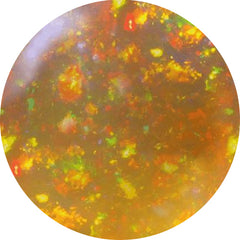
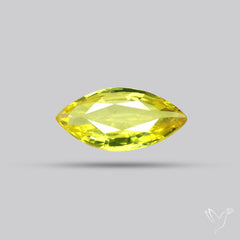

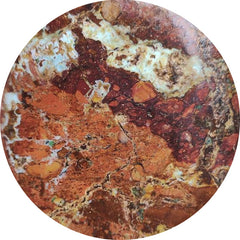
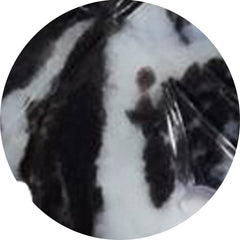

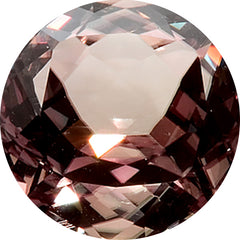













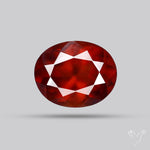











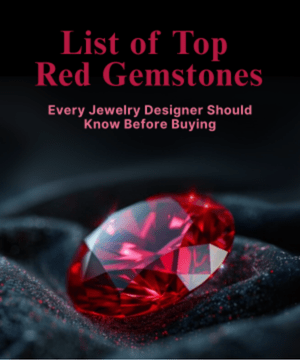
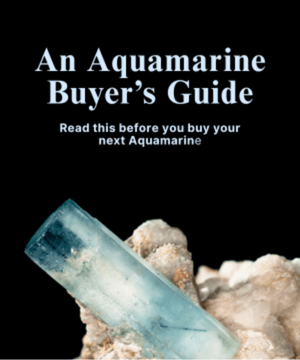



Leave a Comment